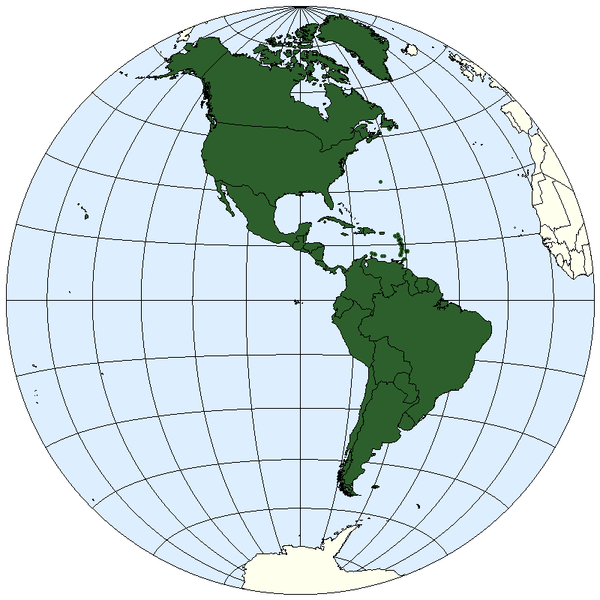The Pan American Health Organization (PAHO) reported in a Epidemiological Bulletin yesterday the yellow fever situation in the Americas for 2016 (computer translated). In 2016, Brazil, Colombia, and Peru reported confirmed cases of yellow fever:

Public domain image/ E Pluribus Anthony
Brazil confirmed six human yellow fever cases in 2016, including one imported case from Angola and the number of epizootics, especially in the state of São Paulo, increased considerably during 2016 in comparison to previous years.
From the beginning of 2016 until 12 December 2016 the state of São Paulo reported 163 epizootics in non-human primates (NHP) with a total of 227 affected animals. To date, a total of 16 epizootics (corresponding to 24 NHPs) were confirmed and 35 were discarded. The remaining epizootics are under investigation.
The São Paulo municipalities with confirmed epizootics for yellow fever are Ribeirão Preto (Jaboticabal, Monte Alto, and Ribeirão Preto); Barretos (Cajobi and Severínea), and São José do Rio Preto (Pindorama, Potirendaba, Catanduva, Ibira, Adolfo, Catiguá, and São José do Rio Preto).2 In addition, on 4 January 2017, the Fernandopolis Secretary of Health, also in the state of São Paulo, confirmed the death of a NHP infected by yellow fever. The animal was found on 8 December in an area located between São Vicente de Paulo and Recanto do Tamburi.
On 6 January 2017, the Brazil International Health Regulations (IHR) National Focal Point (NFP) notified the Pan American Health Organization, Regional Office of the World Health Organization (PAHO/WHO) of the occurrence of 23 suspected and probable cases of yellow fever, including 14 deaths, from 10 municipalities in the state of Minas Gerais. The onset of symptoms of the first case was 18 December 2016. All 12 cases for which the information is available are male, rural residents, with a median age of 36.6 years (range from 7 to 53 years). The investigation is ongoing.
In Colombia, from EW 1 to EW 52 of 2016, 12 cases of jungle yellow fever were reported, 7 laboratory confirmed and 5 probable.
The confirmed cases were reported by the departments of Antioquia, Amazonas, Guainía, Meta, Vaupés, and Vichada.
The 7 confirmed cases are male, 57% of them are between 20 and 29 years of age. Out of the 7 confirmed cases, six died (case fatality rate of 85.7%).
In Peru, up to EW 51 of 2016, 80 cases of jungle yellow fever were reported, of which 62 were confirmed, and 18 classified as probable, including 26 deaths. Of the 25 departments in Peru, cases were reported in 10, with Junín being the department that reported the highest number of confirmed and probable cases (52 cases).
The number of confirmed and probable cases reported in Peru between EW 1 to EW 51 of 2016, exceeds the number of cases (confirmed and probable) reported in the previous 9 years.


4 thoughts on “Yellow fever in the Americas 2016”